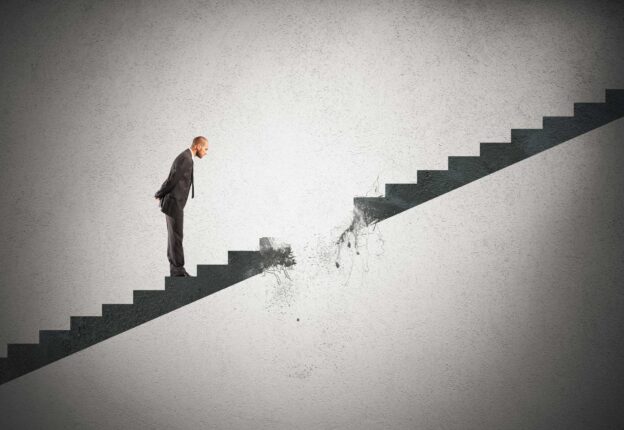It is one of the hardest of life’s lessons to learn, a truth born only of challenges we all first encounter in childhood but that persist well beyond: The realization that being shouldered with responsibility needn’t bespeak lording but love.
Rashi comments on Hashem’s repetition of Yaakov Avinu’s name, calling out to him “Yaakov! Yaakov!” (Beraishis, 46:2), as a lashon chibah, a locution of endearment.
The full Midrash from which Rashi quotes, though, adds “lashon ziruz” – a locution of motivation, a pushing to action.
In last week’s parshah, the Midrash has Yaakov hinting to Hashem a desire for an end to the relentless challenges that had confronted him throughout his life, regarding Lavan, Esav, Rochel, Dina, Yosef, Shimon and Binyamin (43:14).
But in this week’s parshah, Hashem hints back that what might seem to be burdens are in truth opportunities, features, not bugs. Yaakov’s life was unimaginably hard. But by living it he became Yaakov Avinu.
With the term “Yaakov! Yaakov!” Hashem signals that being given the responsibility to shoulder challenges – ziruz – can be inseparable from, indeed an expression of, chibah – love.
And that is true not only when the “pushing” is coming from Above, but also when it’s coming from a parent, a spouse or a friend.
© 2025 Rabbi Avi Shafran









